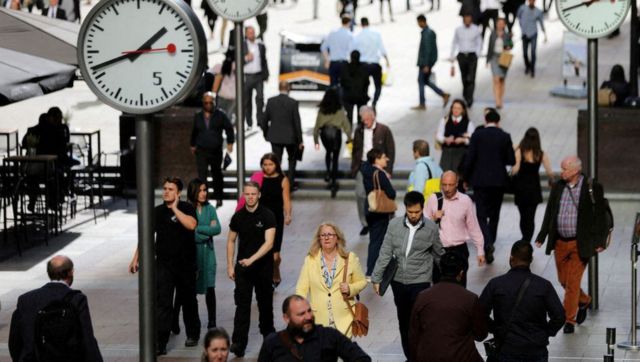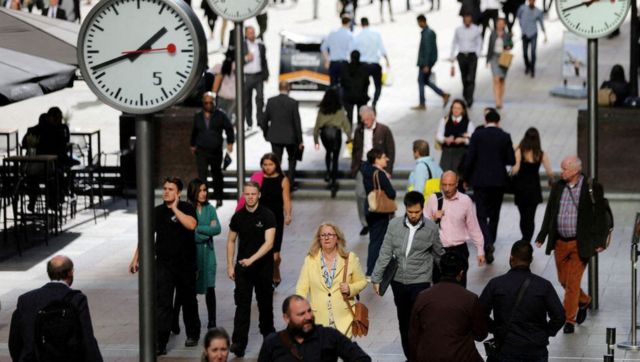There is a definite hyperbole to the market’s steep crash on Thursday, triggered by the worst sell-off on Wall Street since the global financial crisis. But hold on, before you draw your own conclusion, there are some broad pointers that can help you make sense of the current turmoil and beyond.
First, the bright side. So far, it’s the retail investors who were selling heavily, but institutional equity investors in Asia are a lot more cautious and are not completely cutting down their positions. They are sticking to their time-tested strategy of cutting down on riskier bets and protecting their portfolios.
The other silver lining is a drop in international crude prices, which may have a domino effect sooner than you think. Take the US, where oil prices have already skidded more than a dollar-fifty a barrel to their lowest level in more than a month.
The scramble for the relatively safe government bonds doesn’t end there. Even gold is taking on more shine. There is a further uptick in the gold prices on Friday as investors turned to bullion to shelter from the building storm. Spot gold rose 0.35 percent to $1,653.59 an ounce by 0431 GMT, having hit a low of around $1,641. Bullion struck a record around $1,681 an ounce on Thursday.
“What you’re seeing is a shakeout of all the money that was put to work in the hope that 2011 turns out like last year, where you saw a nice bounce around the same time,” said a Hong Kong-based multi-strategy hedge fund manager. “That could still happen, but with the losses that people have already taken this year, looks like no wants to take the risk. It’s about preserving capital now.”
Now, coming to the downside, there is a distinct likelihood that the chaos on the bourses may lead to the possibility of an increasing policy paralysis in the economy and a slowdown in spending decisions. Some experts, however, have a feeling that what is hammering the markets is nothing but a knee-jerk reaction.
“Clearly, it’s just a knee-jerk reaction to what’s going on,” said Michael Heffernan, senior client advisor with Austock Group in Australia. “We’re going down simply on the fear that Italy can’t pay its debts.”
The factors that have started it all are concerns that the United States is staring at another recession in the wake of a series of dismal economic figures in the past week. Europe didn’t help either, there are worries that Europe’s sovereign debt crisis is lurching from bad to worse as Italy gets increasingly vulnerable. The prevailing uncertainty is posing a threat to the existence of the euro zone in its current form.
What has complicated the matter further is an impression that the political leadership in both Europe and Washington are not doing enough and that governments and central banks are running out of tools to deal with the crises.
Watch video: India will outperform global markets in next 12 months, says RBS


)




)
)
)
)
)
)